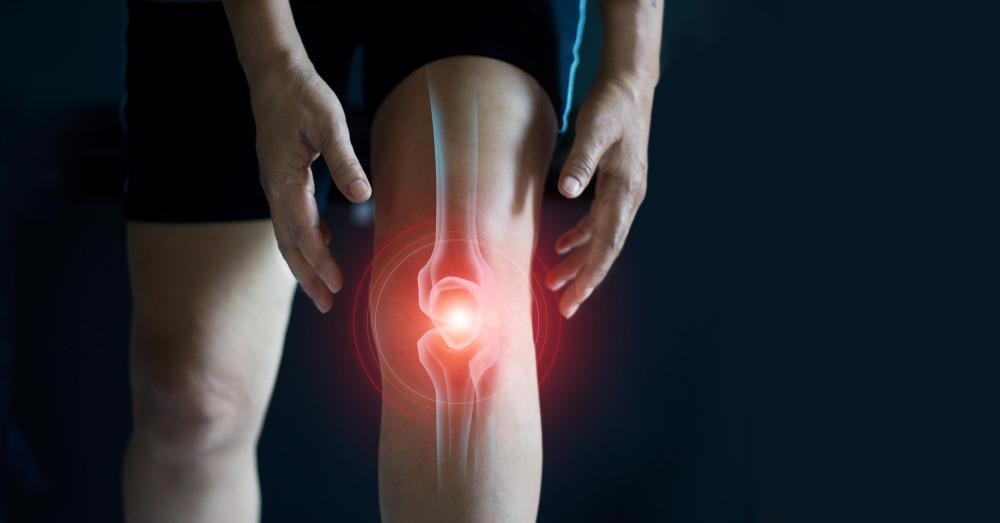May 12 2021
Knee osteoarthritis (OA) is considered a universal health issue. Nearly half the adults aged more than 75 years have some form of knee OA—one of the major reasons for disability across the world.

Image Credit: PopTika/Shutterstock.com
Since no cure has been found for knee OA, present treatment depends on precisely determining and staging the disease.
By employing an Artificial Intelligence-based method called deep learning, scientists from Boston University School of Medicine (BUSM) have determined a new measure to find the intensity of knee OA called “subchondral bone length” (SBL).
There are only a few tested imaging markers of knee OA. At present, medical imaging tools like X-rays or Magnetic Resonance Imaging (MRI) are utilized to investigate the knee joint.
Our study identified a new imaging measure that has the potential to become a biomarker of knee OA.
Vijaya B. Kolachalama, PhD, Study Corresponding Author and Assistant Professor of Medicine, Boston University School of Medicine
The scientists made use of thousands of knee MRI scans and defined SBL, a novel shape measure describing the scope of superimposed cartilage and bone flattening. They considered its connection with radiographic joint space narrowing (JSN), concurrent pain, and disability, as well as following partial or entire knee replacement. Furthermore, they evaluated the odds ratios for each of these results using comparative changes in SBL.
The researchers discovered that SBL values for knees together with joint space narrowing were constantly distinct from knees without JSN. Moreover, they found that a greater likelihood of SBL from the basis was linked with greater disability and pain.
The scientists feel that this study consist significant clinical implications.
Our study identified SBL as a potentially useful measure of the bone morphology within the knee joint and showed that it varies with disease grade. SBL also has the potential to stage knee OA in the future.
Vijaya B. Kolachalama, PhD, Study Corresponding Author and Assistant Professor of Medicine, Boston University School of Medicine
The scientists hope to study whether SBL could be employed for earlier detection of disease, which can considerably affect patient care management.
The study was financially supported in part by a grant from the Karen Toffler Charitable trust, grants from the American Heart Association (17SDG33670323 & 20SFRN35460031), and grants from the Hariri Institute for Computing and Computational Science & Engineering and Digital Health Initiative at Boston University to VBK, NIH grants to TDC, DTF and VBK (U01-AG018820, R01-AR070139, R21-CA253498, R01-AG062109 and P30-AR072571), and support from the NIHR Manchester Biomedical Research Centre to DTF.
Journal Reference:
Chang, G. H., et al. (2021) Subchondral bone length in knee osteoarthritis: A deep learning derived imaging measure and its association with radiographic and clinical outcomes. Arthritis & Rheumatology. doi.org/10.1002/art.41808.